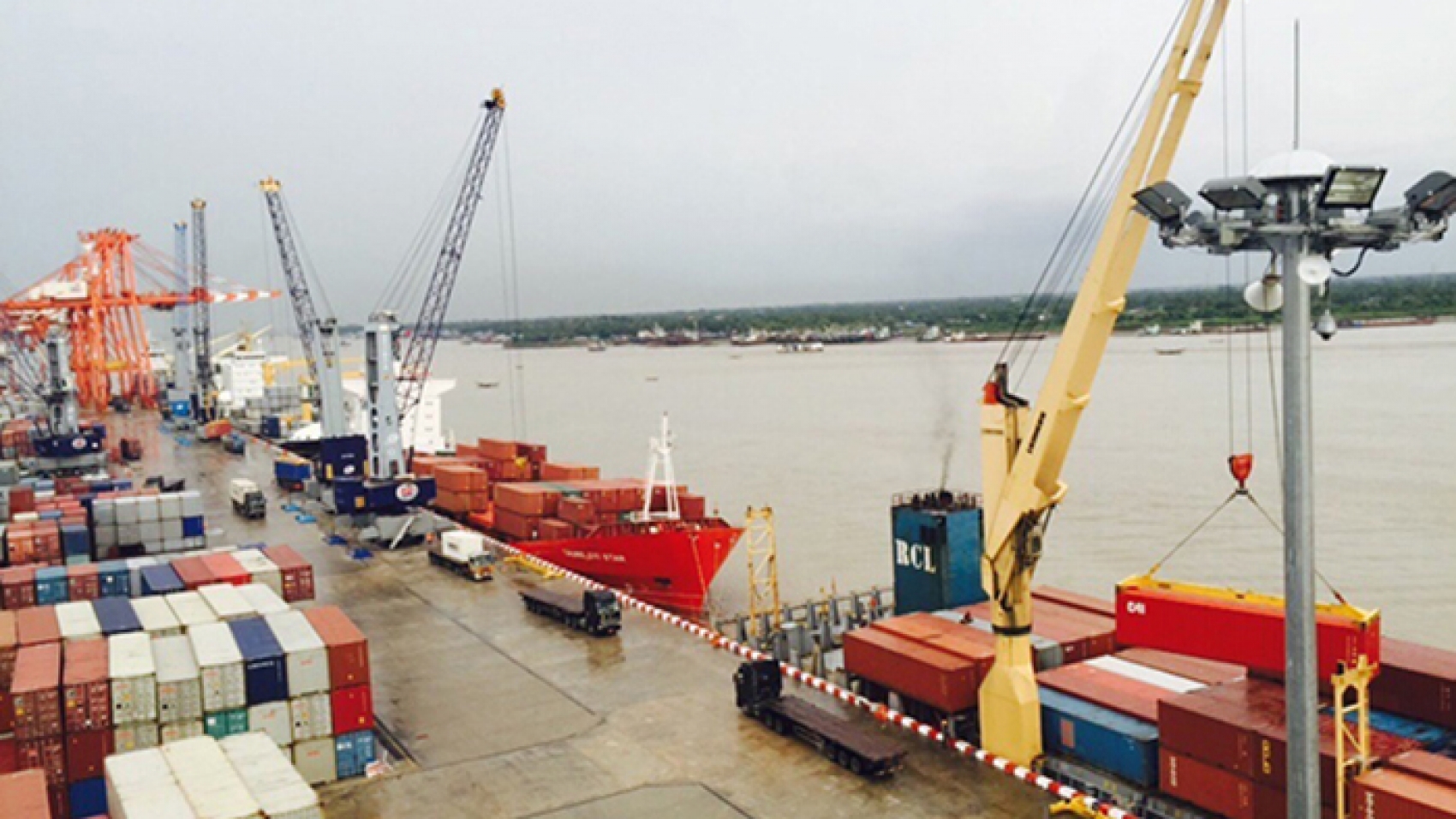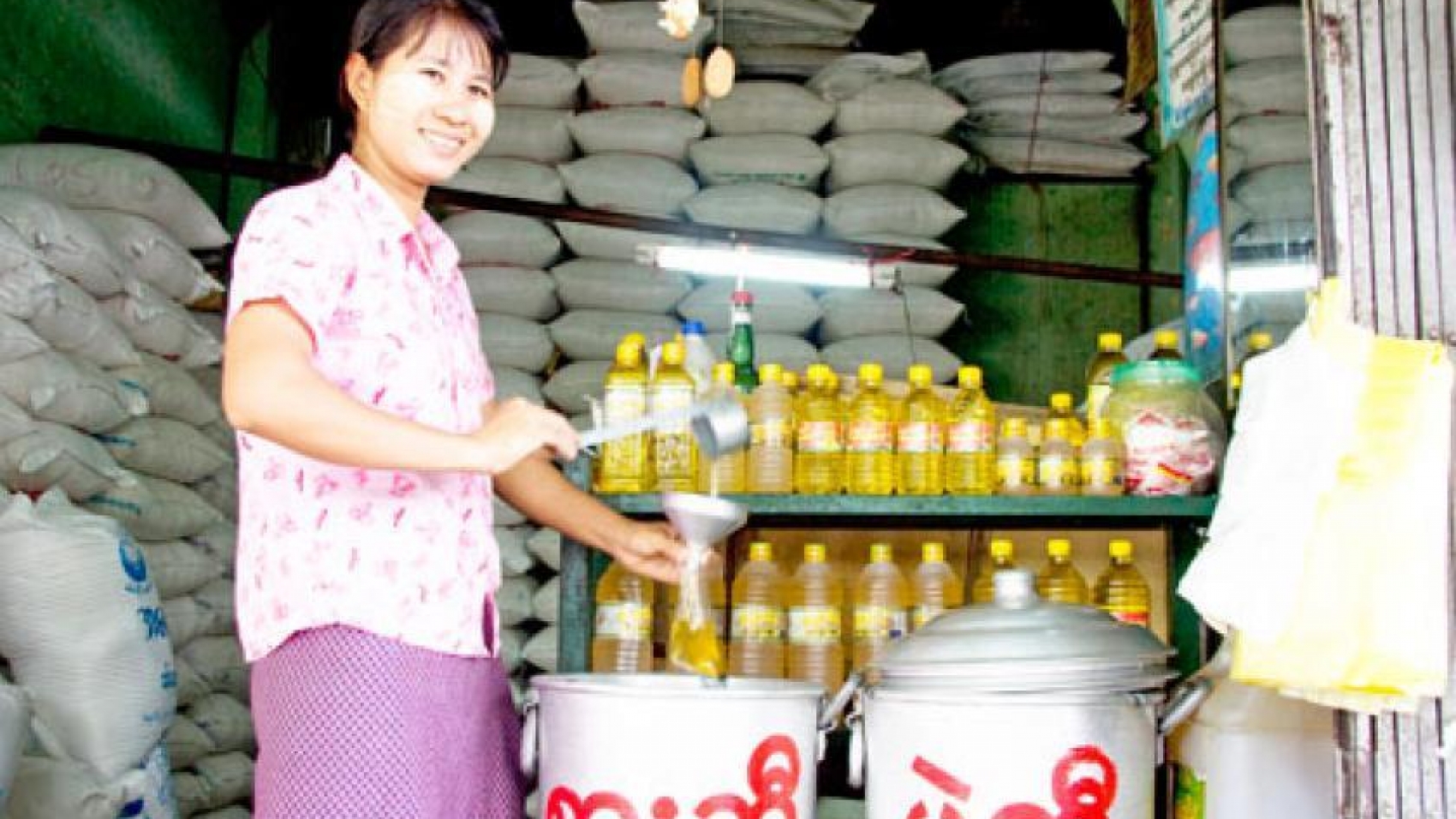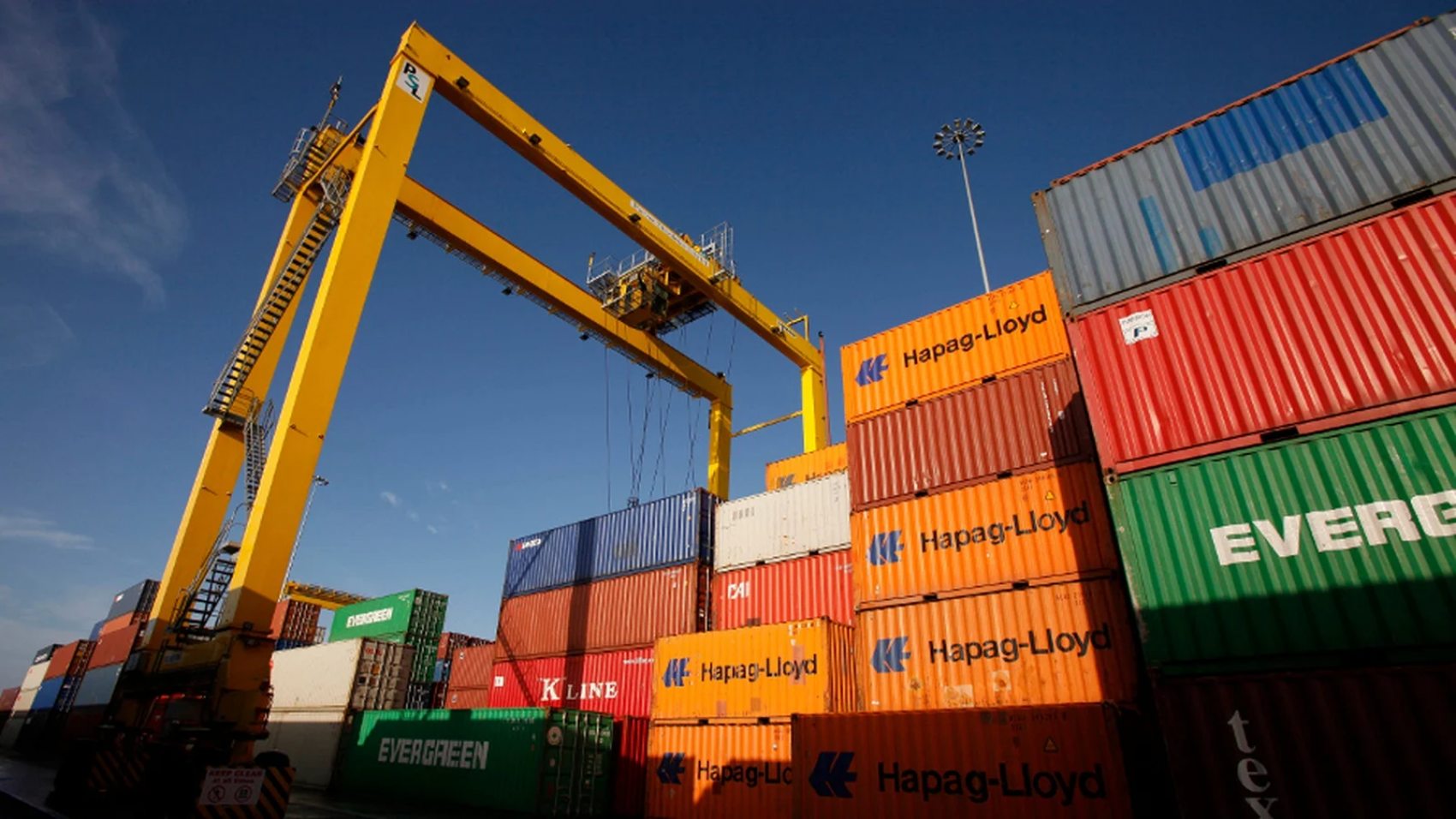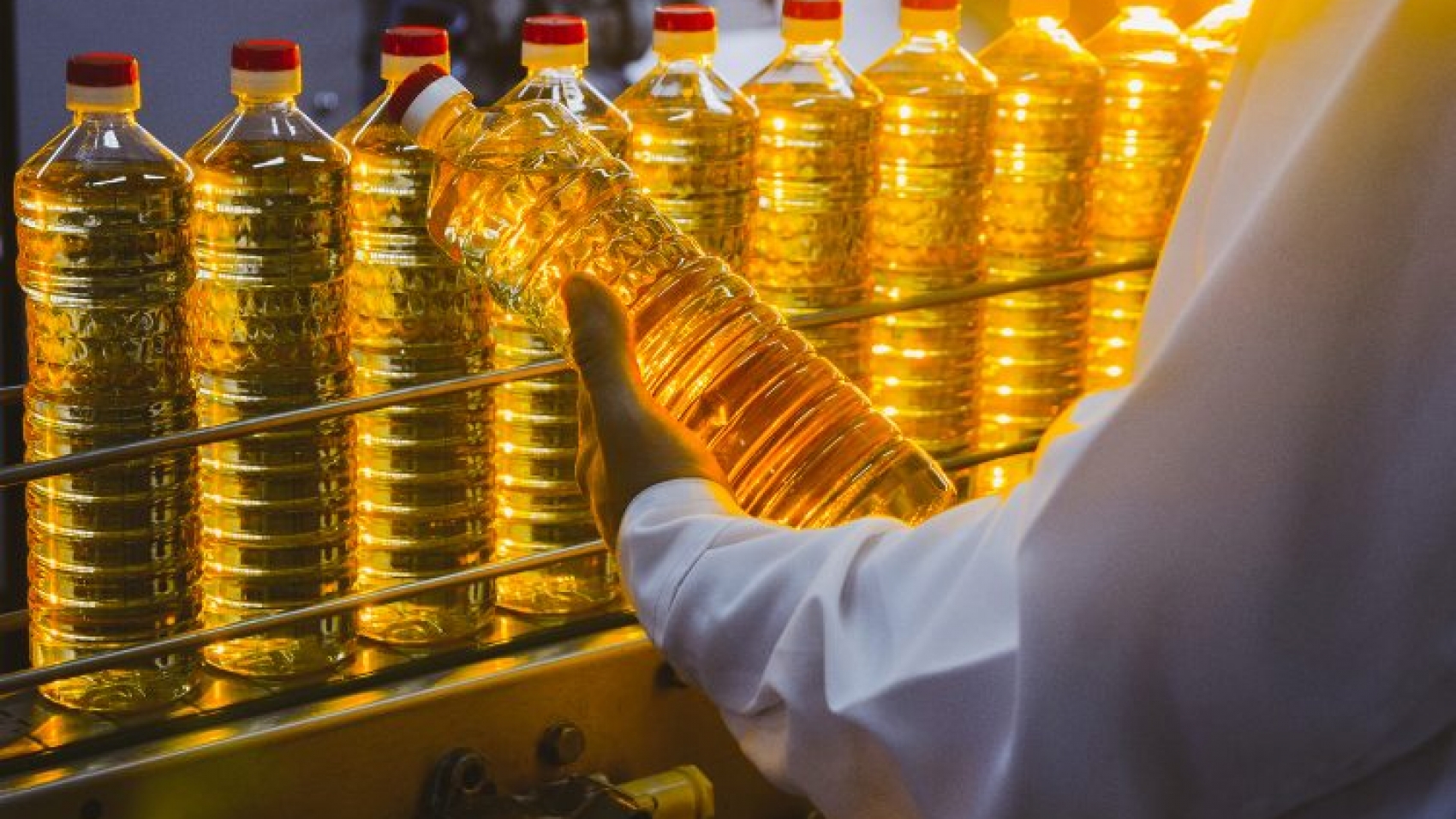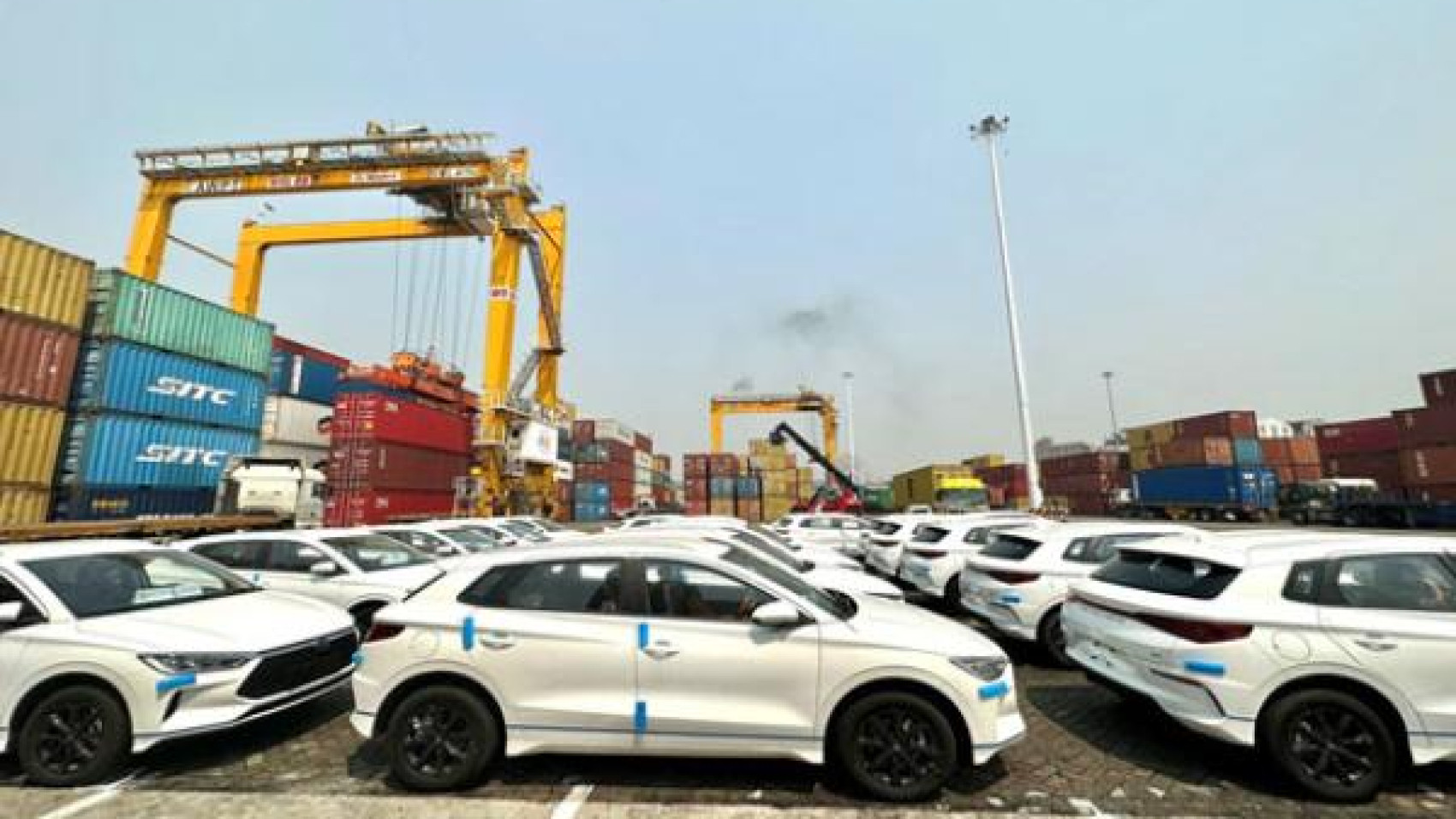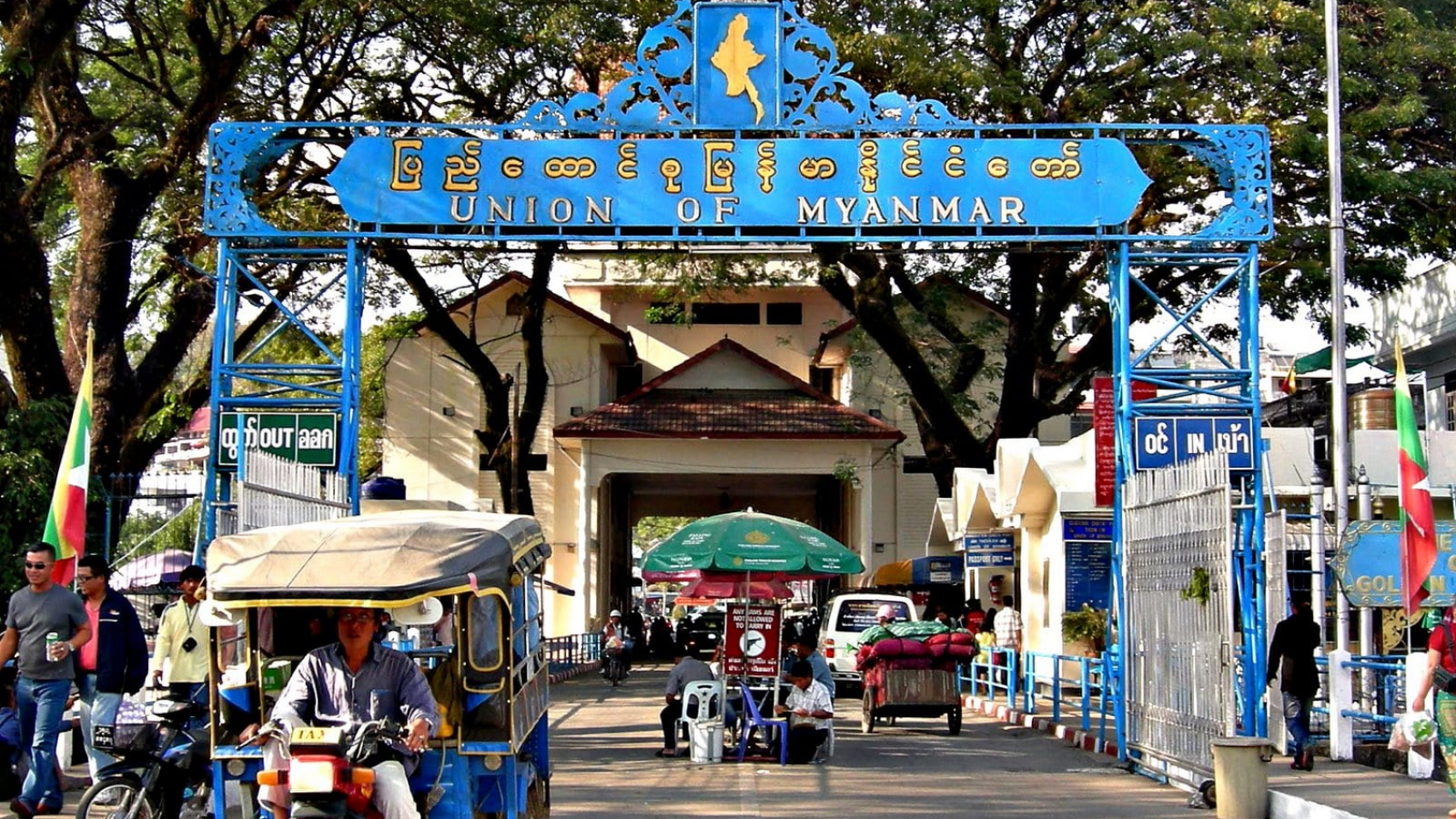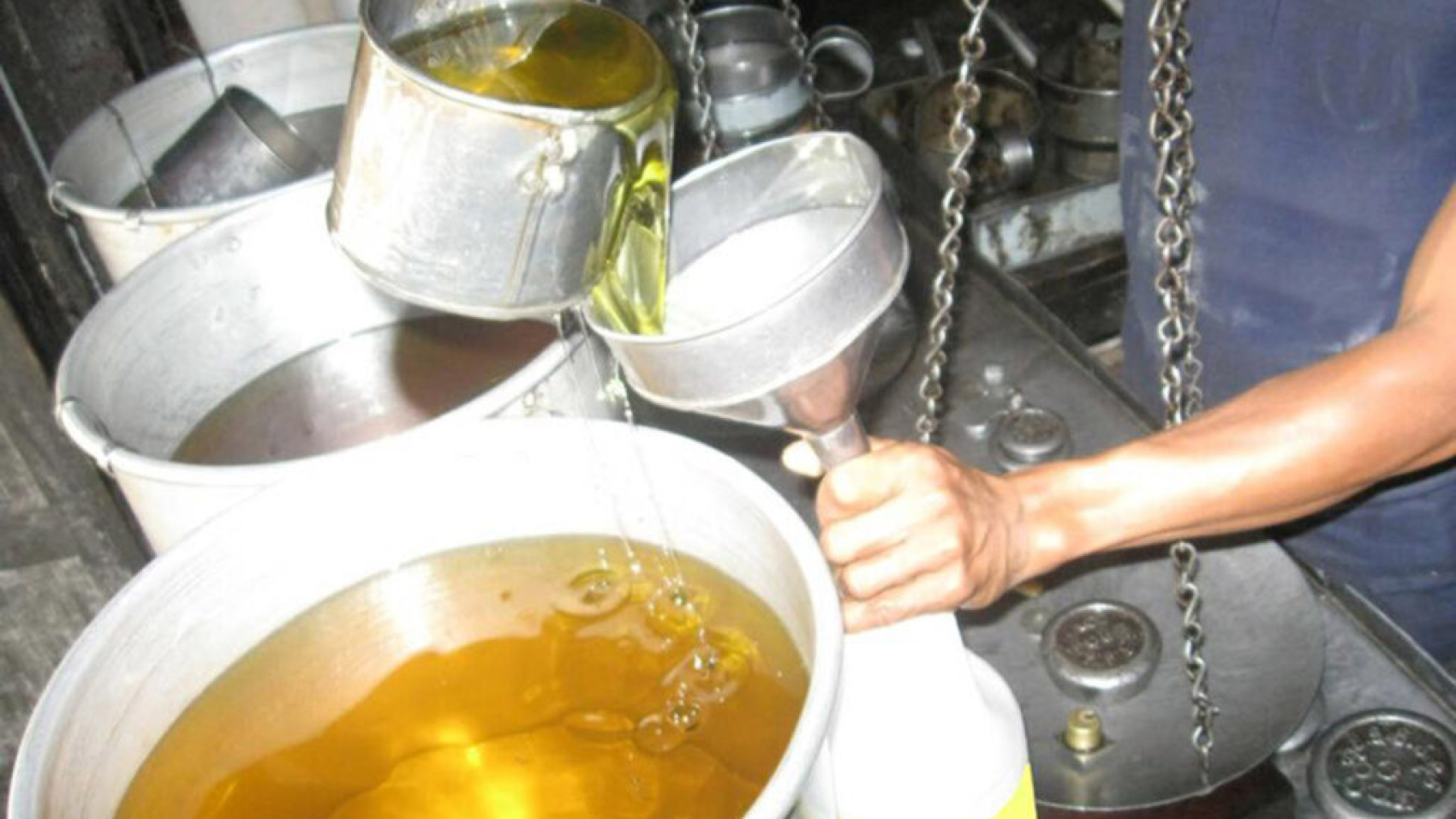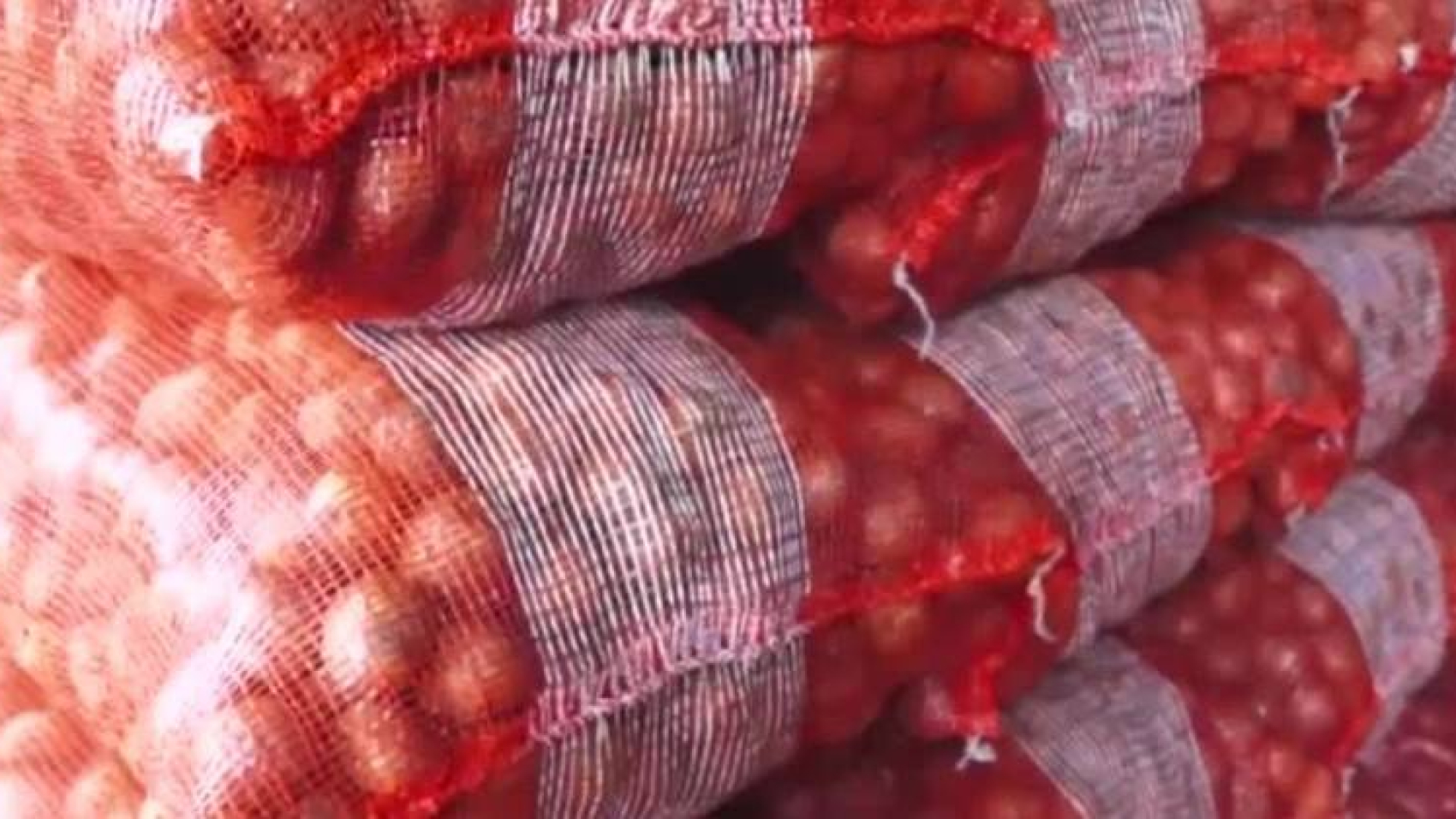In accordance with the trademark law, the fees to be paid according to the types of service related to the trademark registration application were published on 1 April. According to sub-section (j) of Section 8 of the Trademark Law, the fees to be paid for the type of service in connection with the application for trademark registration in line with the agreement of the Union Government are: K150,000 for the examination of acceptance of trademark registration application (TM-1), K100,000 for the review of reinstatement of an application due to failure of prescribed rules (TM-3) and K50,000 for the amendment of request for correction of error in an application (TM-4).
In addition, K50,000 for the request to limit the list of goods/services in an application (TM-6), K100,000 for the request to divide an application for registration (TM-7), K150,000 for the application to oppose a trademark application (TM-8), K50,000 for the request for certified copy of registration certificate (TM-9), and K50,000 for the request for amendment of registration of a trademark (TM-10), will be charged.
Furthermore, K300,000 for the application for renewal of trademark registration (TM-11), K100,000 for the application to register a transfer of ownership (TM-12), K100,000 for the application to register a licence of trademark (TM-13), K150,000 for the application for invalidation of a registered trademark (TM-15), K100,000 for the application for cancellation of a registered trademark (TM-16), K20,000 for the request for change of representative or agent (TM-17), K50,000 for the request for extension of time (TM-18), and K500,000 for the application for appeal (TM-19) must be paid. It is announced that the fees for the types of services related to trademark registration applications will be revised and published from time to time.
Source: The Global New Light of Myanmar


